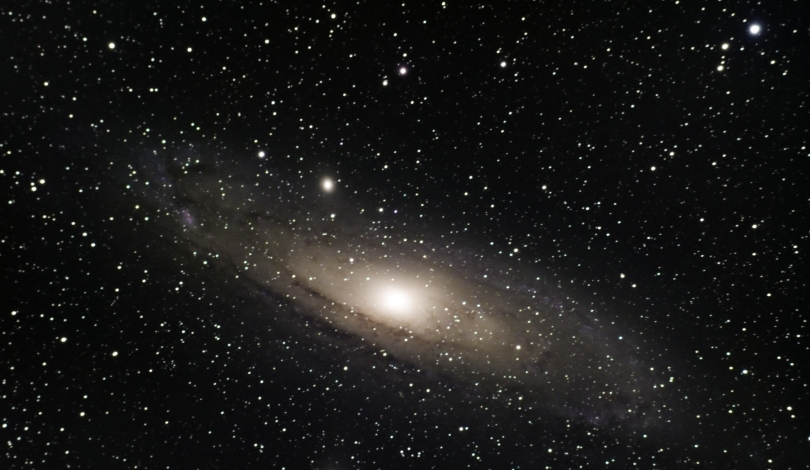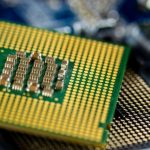Exploring deep space presents significant challenges, one of which is protecting astronauts from harmful radiation during extended missions. Traditional shielding methods involve heavy materials that increase launch costs and logistical complexities. A new study proposes an alternative approach: utilizing naturally occurring asteroids as radiation barriers to safeguard crewed spacecraft traveling to Mars and Venus. This innovative idea could potentially reduce the weight and expense associated with current shielding techniques, making long-duration spaceflights more feasible.
Researchers Victor Reshetnyk and his student from Taras Shevchenko National University in Kyiv examined data from NASA’s Horizons service, analyzing the trajectories of over 35,000 Near Earth Objects (NEOs). Their goal was to identify asteroids whose orbits intersected paths between Earth, Venus, and Mars, making them suitable candidates for use as natural radiation shields during space missions. The study aimed to find asteroids that could be intercepted without requiring excessive fuel, ensuring practicality for crewed spacecraft operations.
How Many Suitable Asteroids Were Identified?
The extensive analysis revealed approximately 525 NEOs capable of fast transfers under 180 days. To ensure these asteroids could be feasibly reached by spacecraft, the team narrowed the list to 120 candidates based on manageable approach speeds. These selections included 44 between Earth and Venus, 17 between Earth and Mars, 13 from Mars to Earth, 2 from Mars to Venus, 38 from Venus to Earth, and 6 from Venus to Mars. This variety offers numerous options for different mission profiles and trajectories.
Can These Asteroids Support Multiple Mission Transfers?
Yes, the study identified eleven asteroids with trajectories suitable for multiple transfers between planetary pairs, allowing flexibility in mission planning. Additionally, two asteroids demonstrated the capability for double transfers, facilitating movements between Earth, Venus, and Mars within a year. However, the research did not find any asteroids with perpetual or cycler orbits, which would enable indefinite, predictable transfers between planets.
What Are the Next Steps for Implementing This Concept?
The practicality of using asteroids as radiation shields involves significant technological advancements and dedicated efforts. The upcoming NASA NEO Surveyor mission, set to launch in 2028, aims to discover 90% of NEOs larger than 140 meters in diameter, potentially expanding the pool of suitable asteroids. Subsequent steps would include developing methods to capture and position selected asteroids in the desired orbits, ensuring they provide effective shielding for spacecraft without compromising mission integrity.
“Using asteroids could reduce the weight and cost associated with traditional shielding, making long-duration missions more feasible,” stated Victor Reshetnyk.
While the concept presents a promising alternative to conventional shielding, its implementation remains a long-term goal. The transformation of an asteroid into a functional radiation barrier for crewed missions is estimated to require decades of research and development. Nonetheless, this study provides a foundational step towards identifying and utilizing celestial bodies to enhance the safety of future space exploration endeavors.










